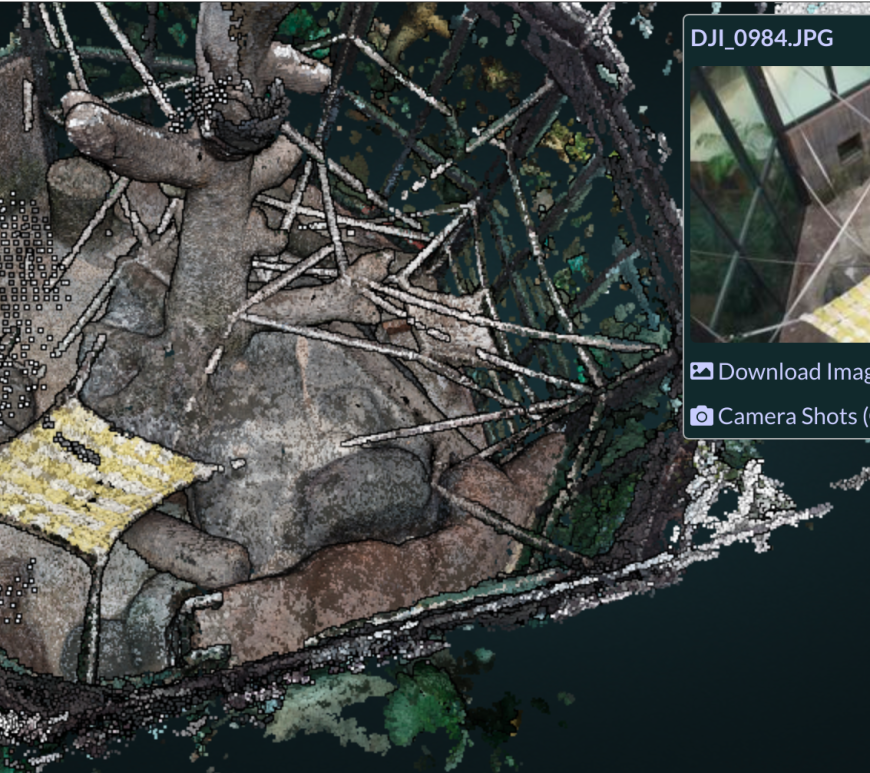OpenDroneMap T-shirts and Crewneck Sweatshirts
<shameless plug> We’ve got a small fundraiser for OpenDroneMap running through the end of the month that gets you a branded t-shirt or crewneck sweatshirt. Proceeds go to the project and you get a nice shirt. win/win. Now with obligatory link… 😀 </shameless plug> Continue reading OpenDroneMap T-shirts and Crewneck Sweatshirts

